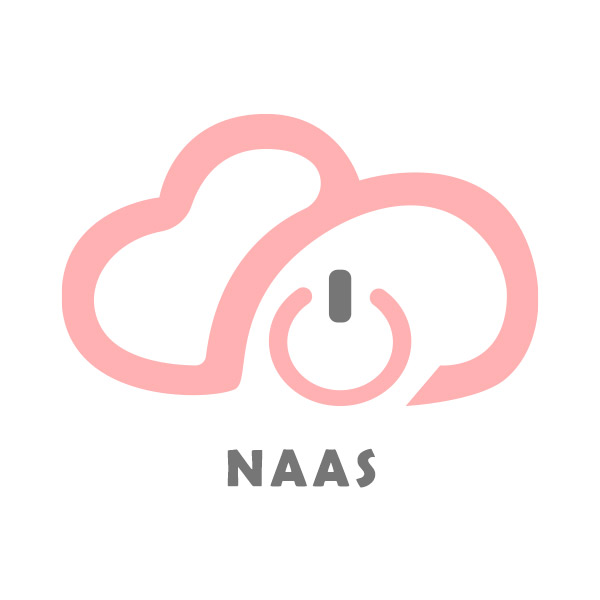Jacob Martin, the software engineer at Spacelift IT Infrastructure, believes that NaaS technology is the logical result of many business processes moving toward the cloud. NaaS can be an excellent alternative to VPNs, MLPS connections, network configurations, and internal hardware, including load balancers and firewall devices. This means that it will significantly impact the architecture of enterprise networks.
Benefits and Features of NaaS
NaaS offers a critical solution that typically includes equipment, software, orchestration, and cost management with services tailored to business needs for organizations that find the corporate networking approach attractive. This allows the customer to solve financial and operational problems caused by continuous technology updates.
For the vast majority of companies, there is virtually no logical model. Few companies globally have the specialized skills needed to set up and operate their networks. Therefore, for many organizations, NaaS can be the best option.
Companies have traditionally used private networks to connect their offices and data centers. In the future, these types of private networks will only make sense in the backend as a way to connect private and public clouds. That's why using NaaS would be an ideal solution.
On the other hand, office buildings such as coffee shops and restaurants, which provide customers with Wi-Fi Internet, can provide Internet service to their employees to access essential applications at home or anywhere.
NaaS technology has unparalleled flexibility and scalability. Every organization can customize this technology to suit its needs because, unlike traditional networks, changes are made in software instead of hardware.
Problems and Disadvantages of NaaS
Network technology as a service (NaaS) and the tremendous benefits it offers to organizations also have problems and disadvantages, including portability and long-term commitments. In addition, there may be problems with older systems, such as software or hardware that are not compatible with this solution.
Most of the problems are related to NaaS compatibility with infrastructures, such as outdated hardware or obsolete applications that are still in use. Many companies' essential processes or applications work in internal data centers instead of the cloud. So, migrating to the NaaS model can be challenging, although there are services that can certainly make it easier.
On the other hand, the NaaS service can only be available in places with broadband internet connections, and if it is not, its performance will be limited. Due to tax and accounting issues, some large multinational corporations may also find NaaS inappropriate.
Potential loss of control can be problematic for some organizations. As some corporate clients outsource their network services, there will be concerns about service responsiveness and their ability to control network resources. But with managed NaaS solutions, customers will be able to share tasks such as network and bandwidth management and firewall policies to prevent problems.
The Future of NaaS
Because network technology as a service (NaaS) is easily accessible from anywhere and on any device, it is expected to become more critical in the coming years for people working remotely. You may work from anywhere as long as you have Internet access and log-in credentials.












